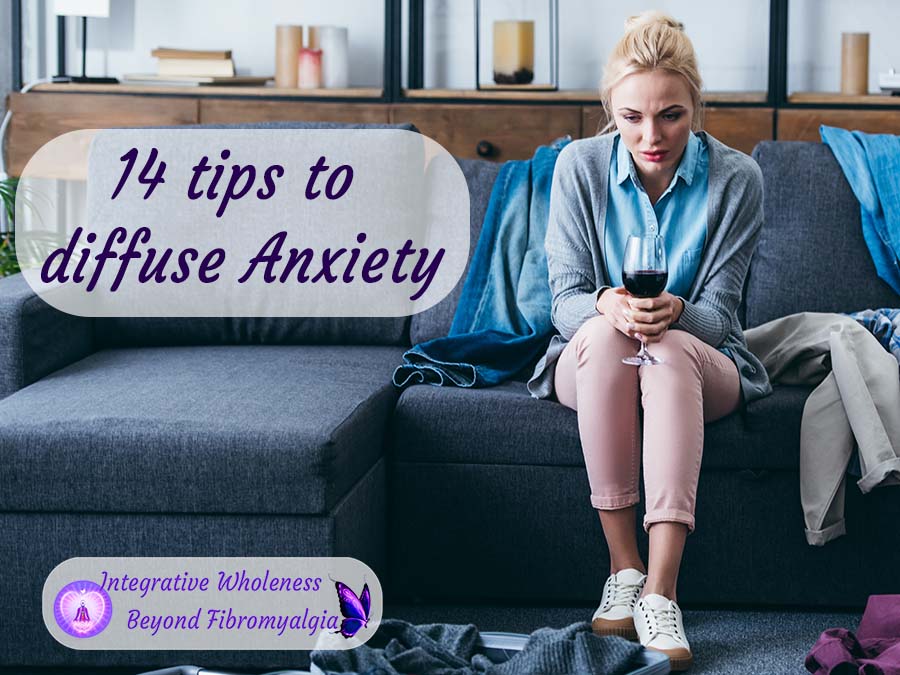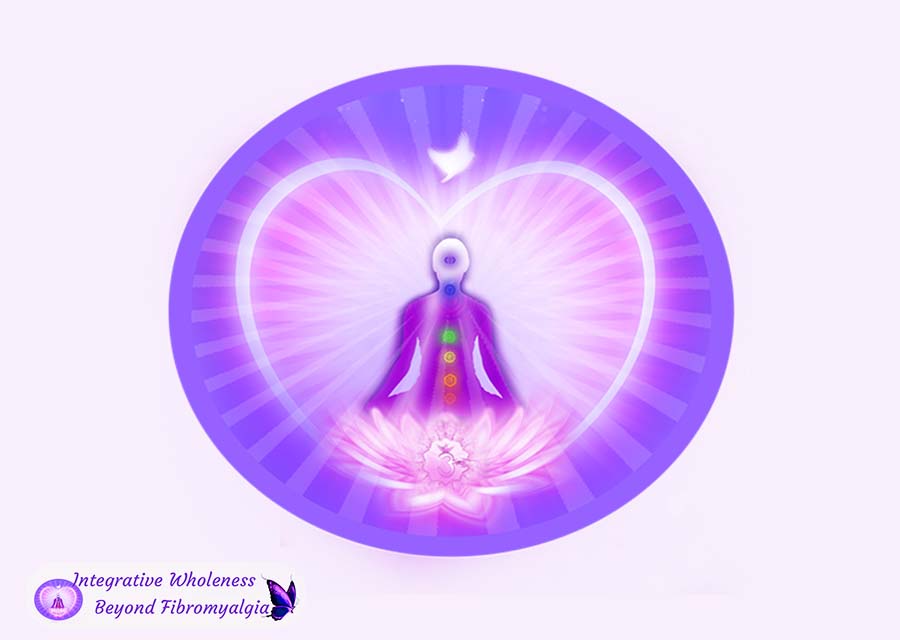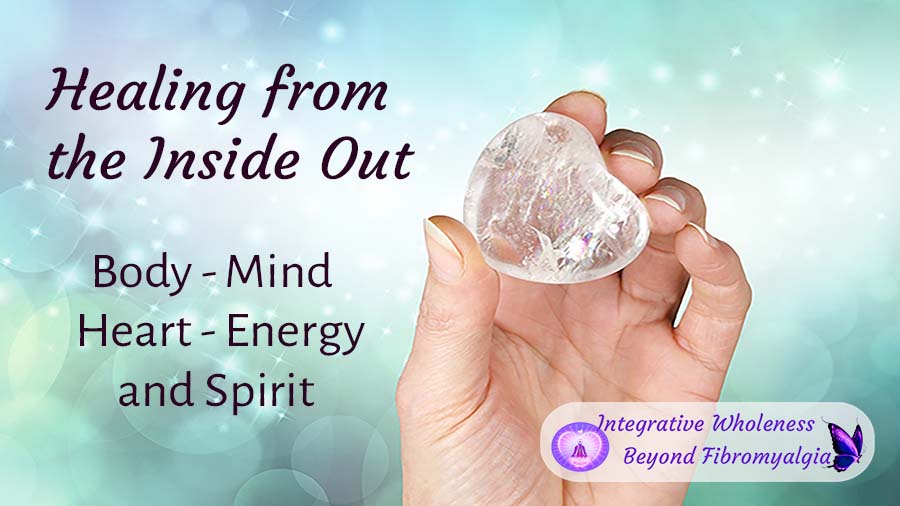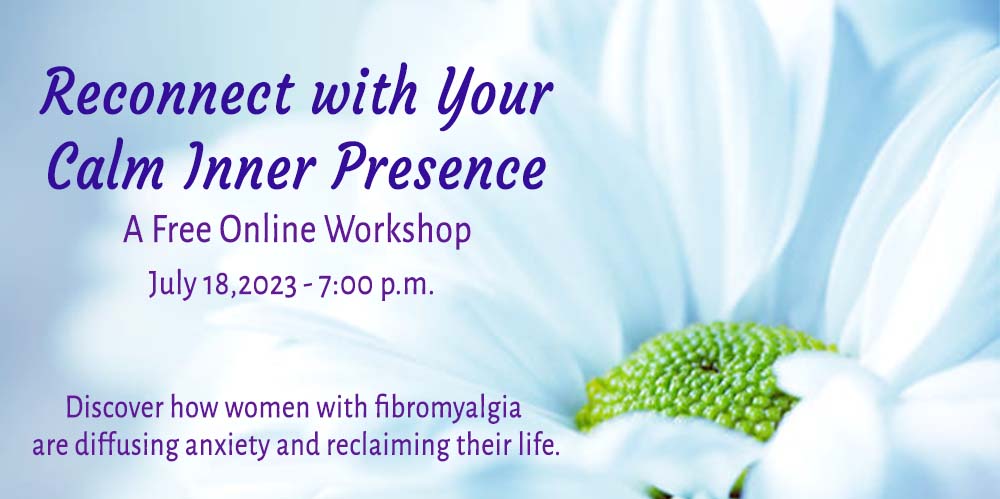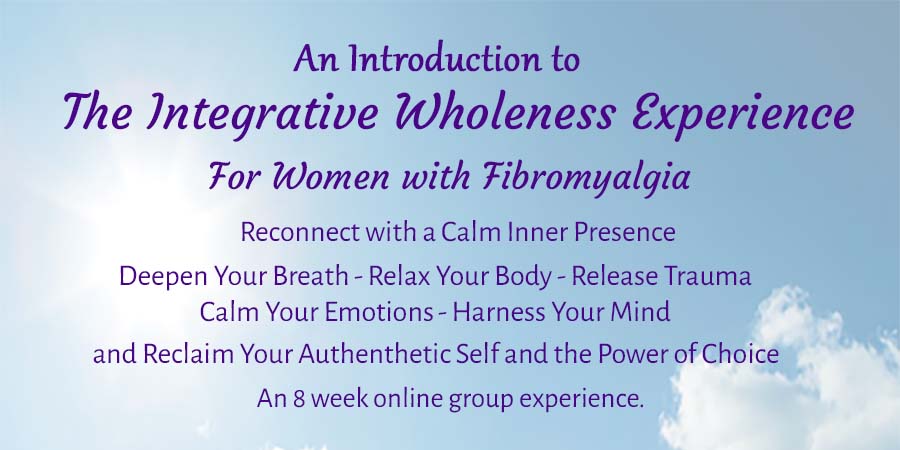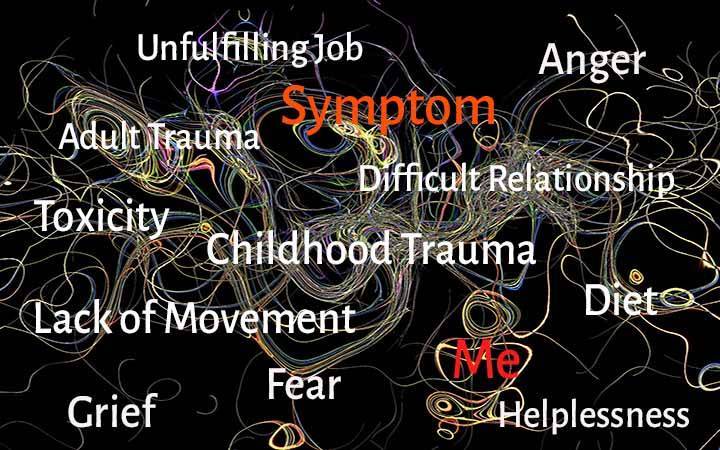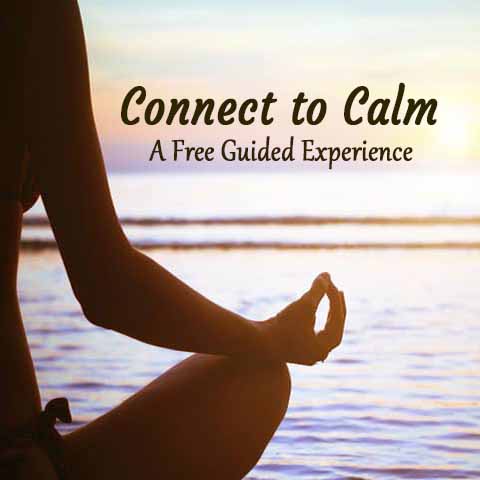
The Power of Kindness on You and the World
Our societal norm has become “me first”
The type of society we live in has become known as “me first”. We’re taught early on to look out for ourselves first, and many do that. We’re self-focused, self-possessed and find it difficult to see beyond ourselves at those around us. We often don’t see how our actions affect others.
But our actions do affect others, sometimes in large ways and sometimes in small ways that create a wave of actions. The Butterfly Effect in Chaos Theory states that on tiny event in one area of the globe can have a substantial effect somewhere else. The same is true with small acts of kindness.
Every time kindness is performed it creates a ripple effect.
It spreads from person to person, continuing endlessly. You could say kindness is contagious, like a disease in which the outcome is beautiful.
Kindness keeps us from being short tempered with others when we’re stressed and frustrated. It helps people realize we’re all on the same team.
Jamil Zaki, Professor of Psychology at Stanford University and Director of the Stanford Social Neuroscience Lab conducted a series of studies observing how witnessing kindness inspires kindness, saying it causes it to spread like a virus.
Zaki says, “We find that people imitate not only the particulars of positive actions, but also the spirit underlying them. This implies is that kindness itself is contagious, and that that it can cascade across people, taking on new forms along the way.”
When we were to look at how important an act of kindness can help someone in need, we realize how it can empower both ourselves and others.
Today, we are bombarded with social media and news media that focuses on the negative interactions that affect us. It’s seen in the victims of bullying, of abuse, and of those who abuse their power. Even our entertainment is often riddled with abusive comments and negative actions.
Helping the disabled person who is struggling to gather items out their reach can change the course of their day. By giving a hungry person something to eat or helping a homeless person find shelter can change their outlook on life. Helping an elderly neighbor carry in groceries, mow their yard or just check on them occasionally, can help them feel less lonely. If you say thank you, please, and hello to others who are serving you, you brighten their day.
If you perform even the smallest act of kindness, you have the potential to change the course of persons life, even if only for a short period of time.
But kindness not only effects the one you are performing it for. It has a positive effect on you as well.
- When you are kind to someone, your body gets a surge in serotonin, feel-good endorphins and oxytocin, all hormones that promote a natural high.
- These hormones reduce pain and lower bread pressure, helping you feel relaxed and loved.
- The person you are kind to will experience this surge in hormones too. And anyone who witnesses the act of kindness will feel the same feel-good effects.
Kindness fuels curiosity to know each other better. It helps us hear each other without putting up any pretenses. It’s considering other people and what they experience and their concerns and how you can make their lives easier.
Kindness is contagious.
It ripples and grows, effecting the unsuspecting and the observing. One act of kindness can change thousands of lives.
In the words of Maya Angelou, “People will forget what you did, they will forget what you said, but they will never forget how you made them feel.”
Simple acts of kindness can contribute to rebuilding our health.
Simple acts of kindness remind us that we have something to offer others and the world. When we offer kindness to another, we feel that kindness within our own heart, which helps to heal any hurt that we carry within. The ripple effect not only impacts others, but our own heart.
Contemplation for this week:
Become more aware of the balance of selfishness and kindness in your world. What brings selfishness into your world? What brings kindness into your world? What can you do to tip the balance toward the kindness side? Remember to include yourself in your acts of kindness!
